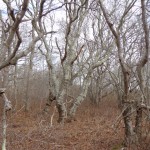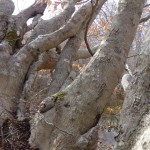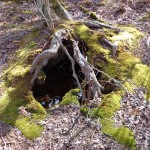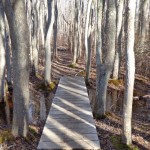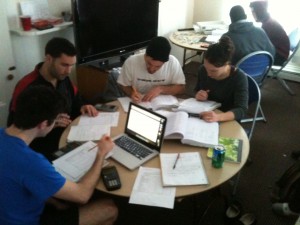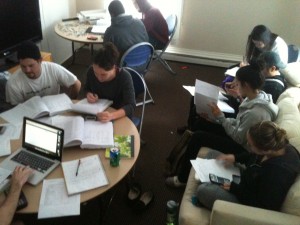For the past two days I have made an immense amount of progress on my independent study project. Dr. Sarah Oktay was kind enough to take me out to two groundwater wells on Wednesday 3/13 that I had not been to before. I took the normal measurements at each site such as salinity, total dissolved solids, pH, dissolved oxygen, etc. I then took water samples from each site and returned to the UMASS Field Station to do Nitrate and Phosphate tests. Nitrate levels were high for each site, but the water samples showed no change in color. They would usually turn amber if Nitrate was present in a high concentration. So, I decided to let all of my samples sit overnight and I returned today (Thursday 3/14) to retest them. Strangely enough, the Nitrate levels increased dramatically within the samples. Dr. O. explained to me that a possible reason for this hike in Nitrate concentration could be due to microbes in the water. These microbes transform atmospheric nitrogen into ammonia via the process of nitrogen fixation. I still don’t know all of the details but I will keep researching and hope to figure it out! Also, I put all of my data for my independent study into an Excel spreadsheet; Professor Ellen Dounglas would be proud!
- empy vials before the N and P tests
- Phosphate, turns water blue
- Nitrate, note the amber color of the water
- Using my field and lab notebooks, like a real life scientist
- Spectrophotometer, with a Phosphate reading of 0.74 mg/L












